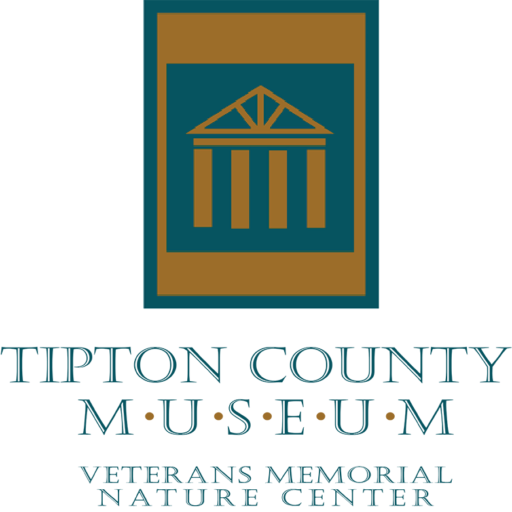Pollinators are an essential part of the natural world. One in three bites of food we eat depends on pollinators. From butterflies and bees to beetles and birds, many kinds of pollinators have evolved within their ecosystems by building unique relationships with plants.
Pollination Investigation is a series of 14-posters that takes participants on an exploration of the who, what, when, where, why, and how of pollination by interpreting the unique relationship between pollinators and flowers.
Seven “pollinator profiles” for bees, beetles, butterflies, hummingbirds, flies, moths, and wind (along with special references to bats and water) teach about the creatures who pollinate our plants. Using a field-journal theme, each profile in the Pollination Investigation describes a pollinator’s favorite flowers based on floral characteristics which encourages exploration into flower shape, color, scent, and more. These attractive graphic posters explain pollination on a general level, making them appealing to diverse audiences and able to blend into any natural or garden environment.
Pollination Investigation was created as a set of educational panels for the Pollinator Garden at the National Museum of Natural History in Washington, D.C. However, the important message of understanding pollinators, their habitat, and supporting pollinator health is universal. The Tipton County Museum is proud to partner with the Smithsonian Gardens, the Smithsonian Institution Traveling Exhibition Service (SITES), and the Smithsonian Women’s Committee to bring this special exhibit to Tipton County.


